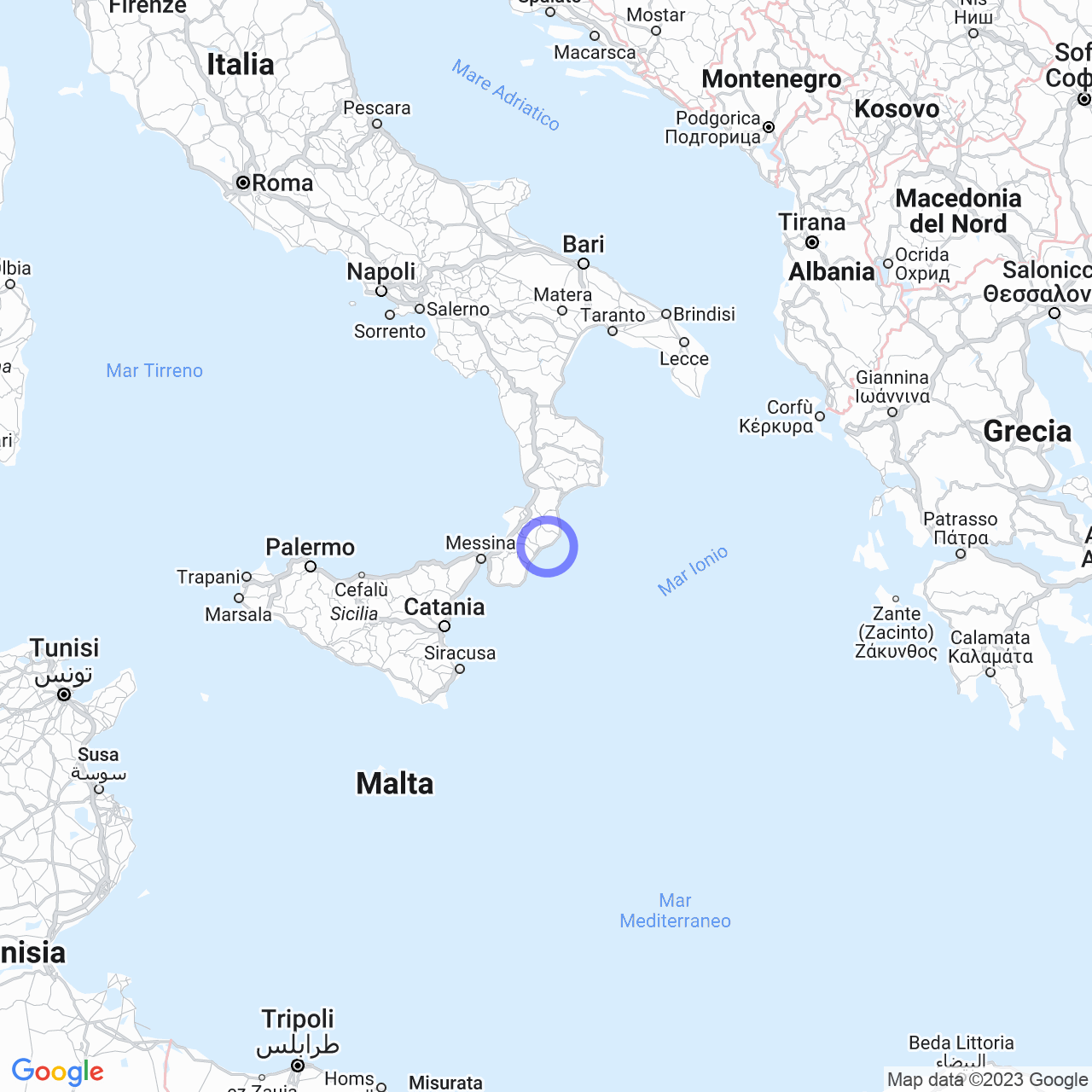Roccella Ionica
Welcome to Roccella Ionica!
Hello everyone! Today I will talk to you about Roccella Ionica, a beautiful Italian municipality located on the Coast of Jasmine, in the Calabria region. With its 6074 inhabitants, Roccella Ionica is a charming city rich in history.
Physical Geography
Roccella Ionica overlooks the Ionian Sea and is characterized by a flat terrain towards the sea and hilly in the hinterland. Its privileged position makes it ideal for those who love the sea and nature.

Origins of the name
The original name of the town was "Rupella", then became "Arocella", until the name in use today, "Roccella", which derives from its position on the rock.
History
Roccella Ionica has very ancient origins, dating back to the era of Magna Graecia. It is presumed to correspond to the ancient locality of Amfissa, mentioned in the poems of the Roman poet Publius Ovidius Naso. In the 4th century BC, in the district of Focà, a building made of limestone blocks and terracotta artifacts belonging to a presumed monumental tomb was found.
The first document that testifies to the existence of Roccella Ionica dates back to 1270, in which the sale of the Donato castle to Gualtiero Pagliara by Carlo I d'Angiò is recorded. It was an important feudal and defensive rock of the coast, as shown by the heraldic flag, which represents the patron saint San Vittore of Marseille who defeats a Turkish pirate.
Monuments and Places of Interest
If you visit Roccella Ionica, you cannot miss the "Medieval Citadel", which starts from the Zirgone stream, from the coast to the promontory of the ancient citadel, and from here to the nearby Tower of Pizzofalcone. In addition, I recommend visiting the following monuments and places of interest:
- Carafa Palace
- Former Matrice Church
- Pizzo Falcone Tower
- Remains of the walled city, walls, bastions
- Church of San Nicola di Bari (Roccella Jonica)
- Church of Santa Nicola Ex Aleph
The Church of San Nicola di Bari is particularly interesting. Built at the beginning of the 20th century, inside it has three naves, a main altar from 1763, and a vault frescoed by the Roccella painter Raffaele Ursini. It houses an ancient Crucifix and various statues, including that of San Vittore of Marseille, the patron saint of the town, the Madonna del Carmine, Santa Rita, San Michele Archangel, San Giovanni Paolo II and Padre Pio. The Church of Santa Nicola Ex Aleph, on the other hand, dates back to the 15th century and was built by sailors from Marseille. Inside it houses the great canvas of San Vittore of Marseille and his simulacrum, a work in papier-mâché by the sculptor from Mammola Rodolfo Del Pozzo.
Conclusions
Roccella Ionica is a surprising municipality that combines breathtaking landscapes with a millennia-old history. With its monuments and places of interest, the city is perfect for those who want to discover Calabria and the history of Magna Graecia. Come and visit Roccella Ionica, you won't regret it!
